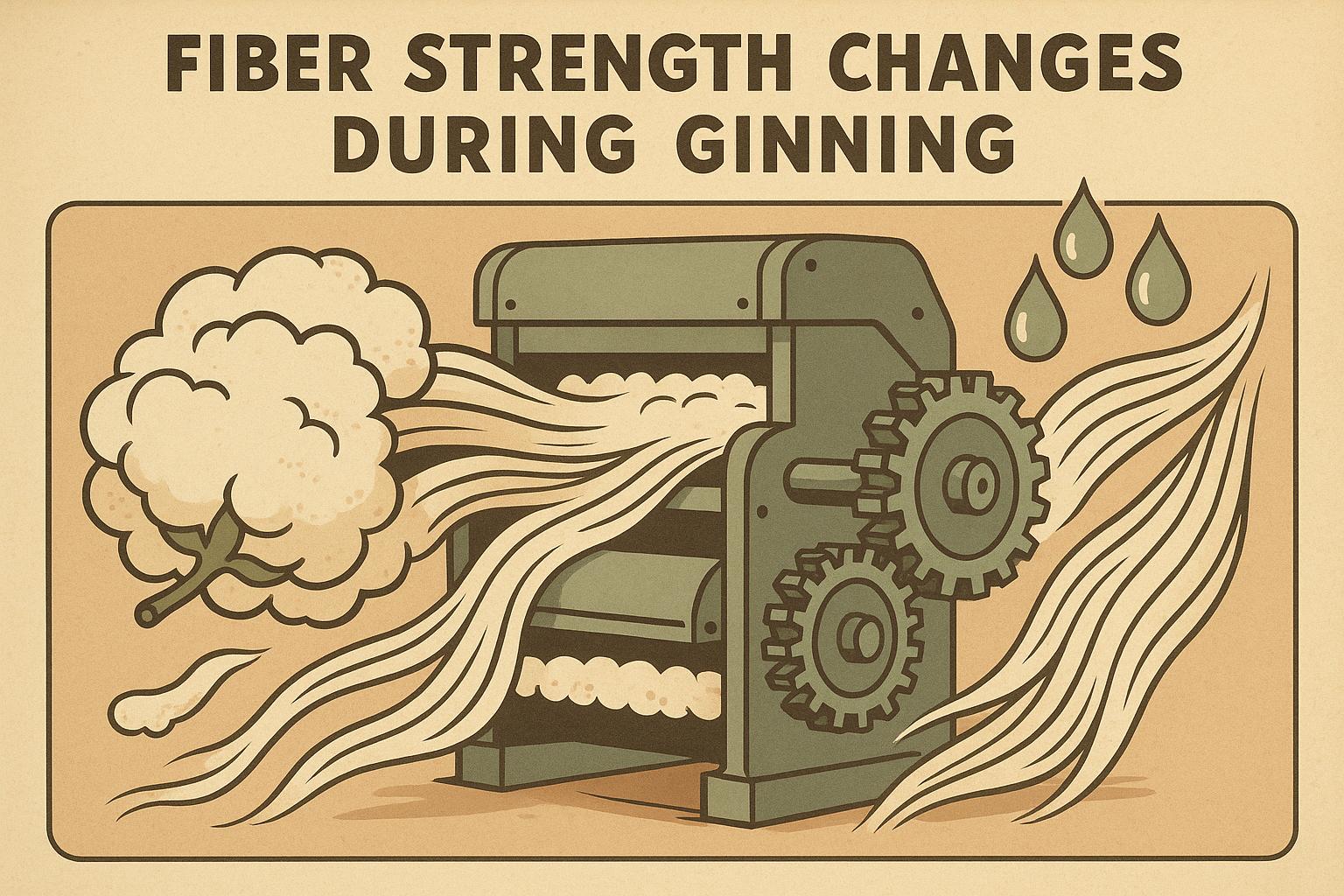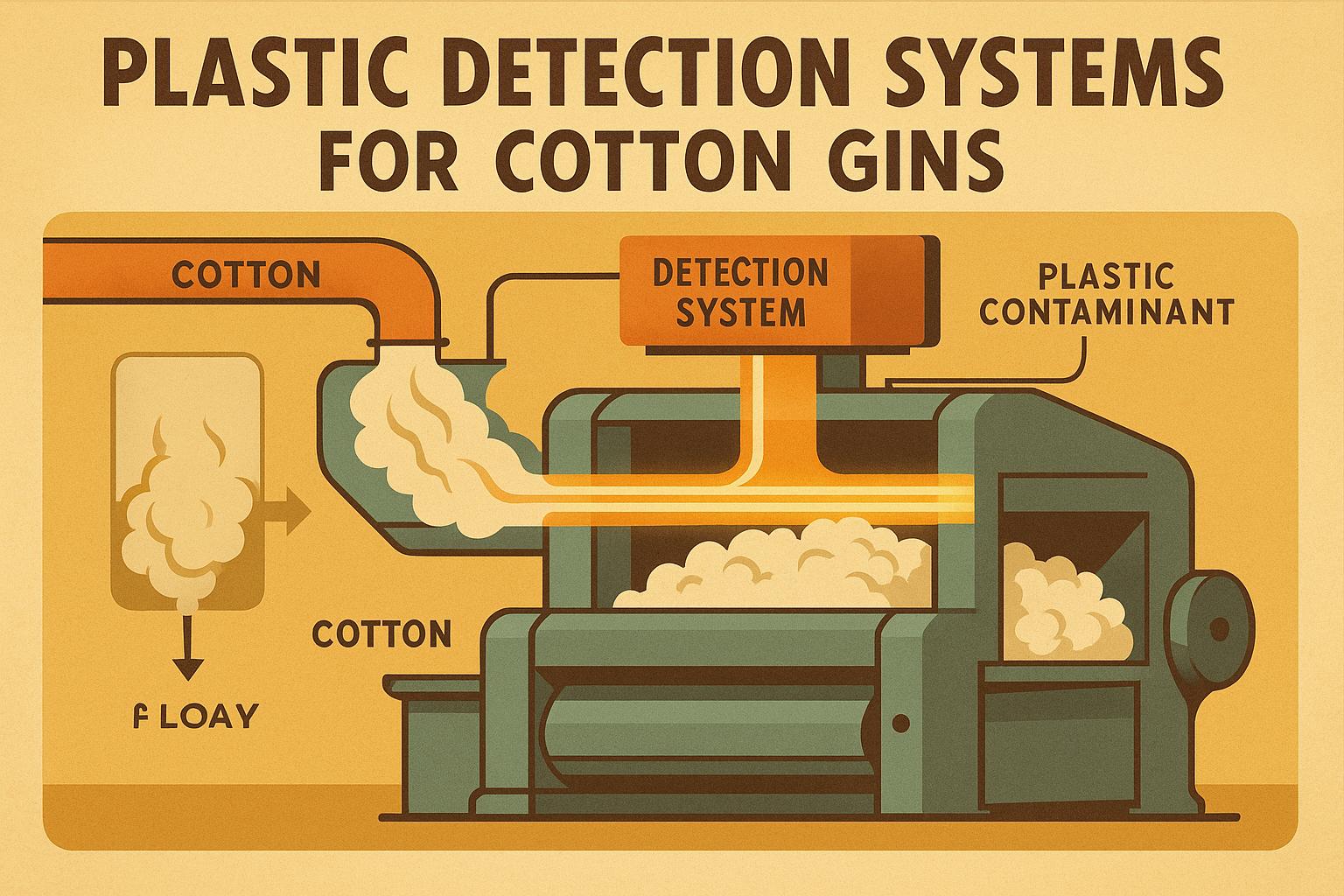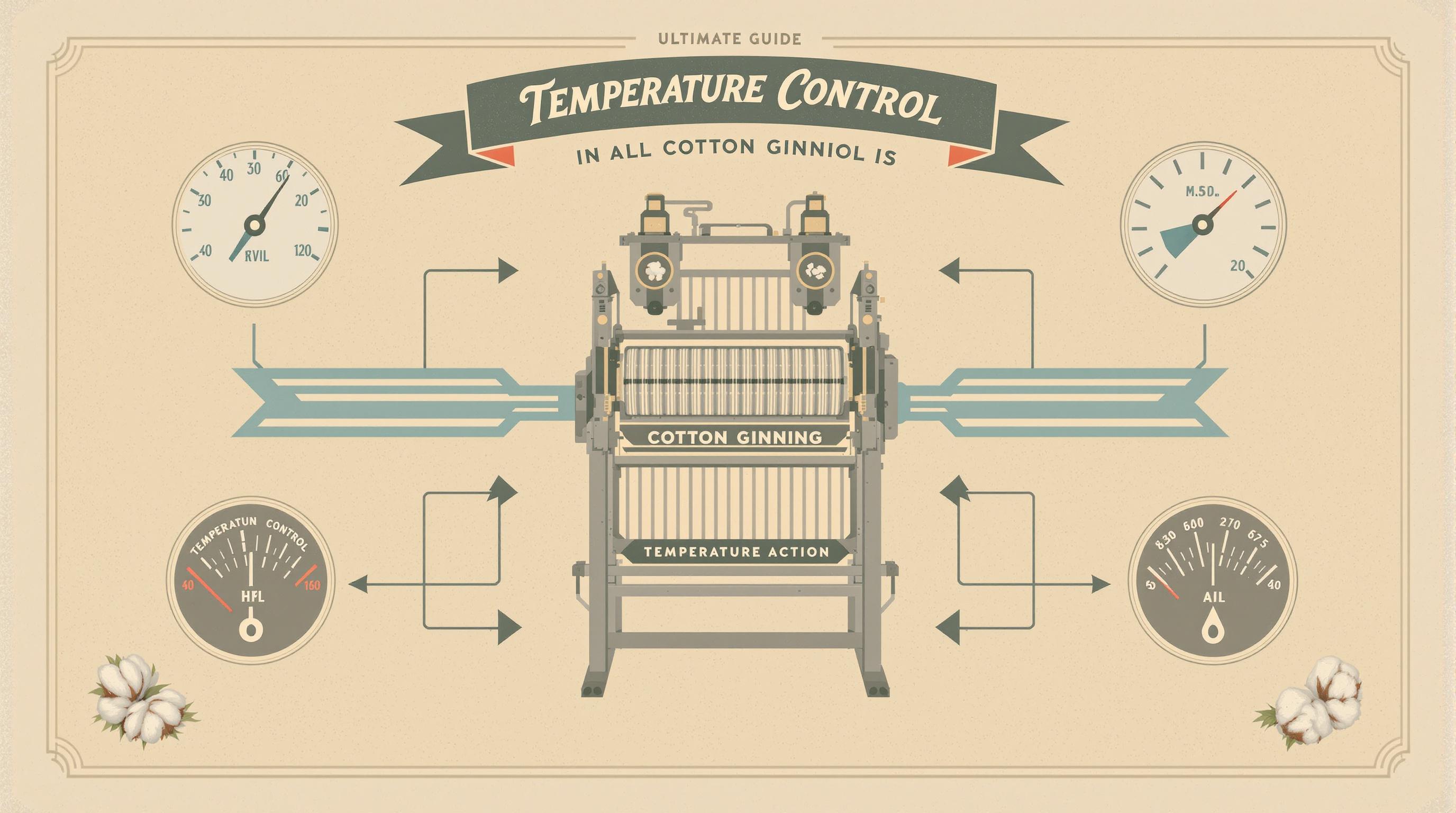When markets tank or water runs short, eyeing permanent shifts to other crops starts making sense. Profitable replacement crops for cotton farmers offer a way to diversify risk, stabilize income, and even rejuvenate soil worn from continuous monoculture, without abandoning your ag roots entirely. This isn't about giving up on cotton—it's about strategic pivots that align with your land's potential, local demand, and long-term viability.
Extension data from major cotton belts shows that switching to alternatives like nuts or fruits can boost net returns by 20-50% in water-scarce areas, where cotton's high demands strain resources. Factors such as soil type, climate resilience, and market access all influence choices, but with careful planning, you can mitigate challenges like establishment costs or pest transitions. For seasoned operators, this means evaluating options that leverage your existing equipment and knowledge, drawing on agronomic studies to guide decisions that balance short-term cash flow with sustainable land use.
If you're managing risks, pair this with our Risk Management Strategies for Cotton Farming for broader financial buffers.
Assessing Your Farm's Suitability for Replacement Crops
Jumping into a new crop without groundwork can lead to regrets—start by evaluating your land's fit for profitable replacement crops for cotton, focusing on soil, water, and infrastructure to avoid mismatches.
- Soil Profile Analysis: Test for pH, texture, and nutrient levels; cotton-depleted clays suit deep-rooted trees like almonds, while sands favor vines—data indicates mismatched soils drop establishment success by 30%, so amend with gypsum for drainage if shifting to orchards.
- Water Availability Audit: Quantify irrigation capacity; high-water cotton alternatives like rice demand 20-30% more, but low-water options like pistachios use 40% less, per regional water board studies in arid zones.
- Infrastructure Inventory: Assess existing equipment; pivot systems adapt to row crops like soybeans, saving 15-25% on conversions versus tree setups requiring trellising.
Use GIS mapping for precise zoning; annual audits refine. Challenges in saline soils are met by tolerant crops like barley, ensuring viability.
Top Profitable Replacement Crops: Options and Considerations
Dozens of alternatives exist, but focus on those with strong markets and agronomic fit—profitable replacement crops for cotton vary by region, but perennials often provide stable income after establishment.
- Tree Nuts (Almonds, Pecans): High-value with 1,000-2,000 lbs/acre yields; almonds return $3,000-5,000/acre net after year 3, per cost studies, but require 3-4 years to bear. Suit deep loams; pest management mirrors cotton's IPM.
- Vine Crops (Grapes): Wine or table varieties yield 5-10 tons/acre; net $2,000-4,000 in established vineyards, with drought-tolerant rootstocks cutting water 20%. Ideal for sloped sands; trellising adapts from cotton rows.
- Row Crops (Soybeans, Corn): Quick transitions with 50-70 bu/acre soybeans netting $500-800; rotate easily, rebuilding N for future cotton. Fit flat fields; no-till preserves structure.
- Specialty (Hemp, Sunflowers): Emerging with 1,000-2,000 lbs/acre hemp fiber; returns $1,000-3,000 but market is volatile. Suit organics; low inputs align with conservation.
Evaluate 2-3 options via trials; market reports guide demand. Challenges like pollination for nuts are met by bee contracts.
Economic Analysis: Transition Costs and Returns
Shifting pays long-term—crunch numbers for profitable replacement crops for cotton to ensure viability, balancing upfront investments with revenue streams.
- Establishment Expenses: Trees cost $2,000-4,000/acre for planting/irrigation; row crops $300-500. Amortize over 20+ years for perennials vs. annual for rows.
- Break-Even Projections: Almonds break even in year 4 at $2/lb; soybeans break even in year 1 at $10/bu—USDA cost-return studies show 15-30% higher nets than cotton in water-limited areas.
- Risk Mitigation: Diversify 20-30% acreage initially; grants offset 25-50% for conservation crops like cover-integrated systems.
Use spreadsheets for scenarios and sensitivity analysis for price fluctuations. Challenges in low markets are met by value-added services like direct sales.
Regional High-Return Replacement Crop Recommendations
Tailor choices to your locale—profitable replacement crops for cotton leverage local advantages for best outcomes.
- Southwest Arid: Pistachios or almonds; 1,200 lbs/acre nets $4,000 with low water varieties, per regional data.
- Southeast Humid: Pecans or blueberries; 1,500 lbs pecans return $3,000, suited to acidic clays with fungal tolerance.
- Mid-South Variable: Soybeans or peanuts; 60 bu soybeans net $600, rebuilding soil N for rotations.
Local co-ops provide market intel; trials confirm. Challenges like frost in the North require hardy rootstocks.
Transition Planning: From Cotton to New Crops
Smooth shifts avoid downtime—plan profitable replacement crops for cotton with phased approaches, preserving cash flow.
- Site Preparation: Test/Amend soil pH; subsoil to break pans for tree roots, improving drainage 20-30%.
- Planting Timelines: Fall for trees to establish roots; spring for rows to align with cotton harvest.
- Equipment Repurposing: Modify planters for vines; lease specialized harvesters during transitions.
Budget 1-2 years for full productivity; co-plant covers to stabilize. Challenges in labor shifts are met by training or partnerships.
Pest and Disease Management in Replacement Crops
New crops bring new threats—adapt IPM when switching profitable replacement crops for cotton to curb losses without over-reliance on chemicals.
- Scouting Transitions: Maintain protocols; tree nuts face navel orangeworm, similar to bollworm—traps reduce infestations 25%.
- Resistance Building: Choose tolerant varieties; bio-controls like nematodes for soil pests cut chemical use 30%.
- Weed Suppression: Mulch systems from cotton residue smother emergence; cover crops add 15-20% control in vines.
Rotate modes; annual monitoring adjusts. Challenges in carryover pests are met by clean fallows.
Water and Nutrient Adjustments for New Crops
Resource needs shift—optimize for profitable replacement crops for cotton to conserve while sustaining growth.
- Irrigation Redesign: Drip for trees saves 40% over cotton floods; sensors prevent over-watering, boosting efficiency 20%.
- Fertility Recalibration: Nuts demand high K; soil tests guide, with compost teas supplying organics for 10-15% uptake boost.
- Conservation Practices: No-till transitions retain moisture; rainwater harvest supplements, cutting reliance 25% in arid shifts.
Annual audits refine; incentives offset upgrades. Challenges in nutrient lockup are met by pH corrections.
Market Access and Value-Added Opportunities
Profits hinge on sales—develop channels for profitable replacement crops for cotton to maximize returns beyond commodity prices.
- Direct Marketing: Farmers markets or CSAs for fruits; add $1-2/lb premiums vs. wholesale.
- Processing Partnerships: Contract with canners for soybeans; stable pricing mitigates volatility, adding 10-20% security.
- Branding Strategies: Certify organic/sustainable; eco-labels boost 15-30% value for nuts in premium markets.
Attend trade shows; diversify outlets. Challenges in new markets are met by co-ops for collective bargaining.
Environmental Benefits of Replacement Crops
Transitions aid sustainability—profitable replacement crops for cotton enhance biodiversity and soil health for long-term gains.
- Carbon Sequestration: Perennials like orchards store 2-5 tons/acre annually; more than annuals, qualifying for credits.
- Biodiversity Boost: Diverse crops attract pollinators; 20-30% more species than monoculture cotton, per ecological studies.
- Erosion Reduction: Tree roots stabilize soil; cuts loss 40-60% on slopes vs. tilled cotton.
Audits quantify; certifications add income. Challenges in initial disruption are met by phased planting.
Case Studies: Successful Transitions from Cotton
In California's Central Valley, a 1,000-acre grower switched 40% to almonds, netting $4,500/acre after year 4 with drip irrigation, per cost studies—yields stabilized amid water cuts. Georgia farmers transitioned to pecans, boosting income 25% through direct sales while rebuilding soil N.
These showcase wins; adapt for your scale with local extension support.
Future Trends in Replacement Crop Innovation
Biotech, like drought-tolerant vines or high-oil sunflowers, promise 20% higher returns; vertical integration with processing adds value.
Stay informed via research; early adoption edges.
Replacement Crop Comparison Table
Here's a comparison of popular profitable replacement crops for cotton based on general industry data:
| Crop | Establishment Cost ($/acre) | Annual Net Return ($/acre) | Water Use (acre-ft) | Soil Suitability | Market Stability |
|---|---|---|---|---|---|
| Almonds | 3,000-5,000 | 4,000-6,000 | 3-4 | Deep loams | High |
| Pecans | 2,500-4,000 | 3,000-5,000 | 3-5 | Well-drained clays | Medium-High |
| Grapes | 4,000-6,000 | 2,500-4,500 | 2-3 | Sloped sands | High |
| Soybeans | 300-500 | 500-800 | 1-2 | Flat loams | Medium |
| Hemp | 800-1,200 | 1,000-3,000 | 1-2 | Fertile organics | Variable |
This table highlights key metrics; adjust for local conditions with extension data.
Measuring Transition Success
Track progress to refine profitable replacement crops for cotton—metrics ensure sustainable gains.
- Yield/Return Benchmarks: Compare to cotton baselines; 20% net increase signals a win.
- Soil Health Indicators: Annual organic matter tests; gains of 1% yearly but validate.
- Water/Energy Savings: Log usage; reductions of 15-30% confirm efficiency.
Software aggregates; annual reviews adjust. Challenges in measurement are met with simple trackers.
Actionable Takeaways for Your Transition Plan
Implement these for profitable replacement crops for cotton:
- Assess Fit: Soil/water audits; identify 2-3 options.
- Plan Economics: Calculate costs/returns; seek grants.
- Prepare Site: Amend/plant phased; repurpose equipment.
- Manage Risks: Adapt IPM/nutrients; secure markets.
- Monitor Progress: Track metrics; refine annually.
Profitable replacement crops for cotton empower sustainable shifts, securing your farm's future.


